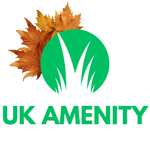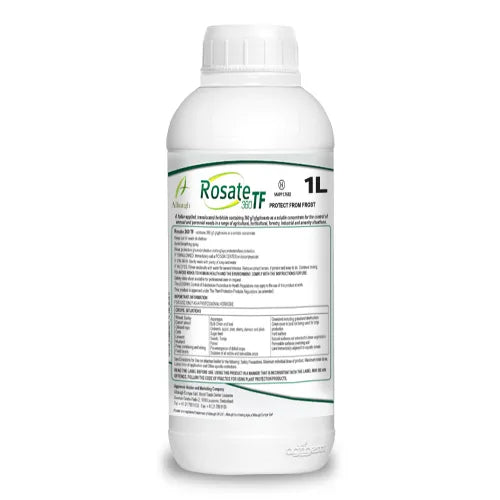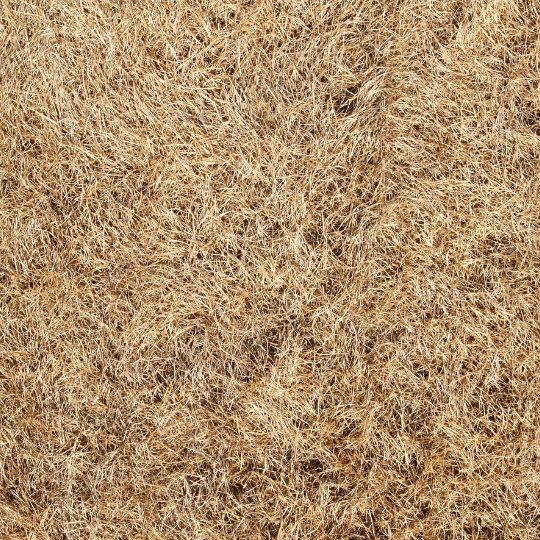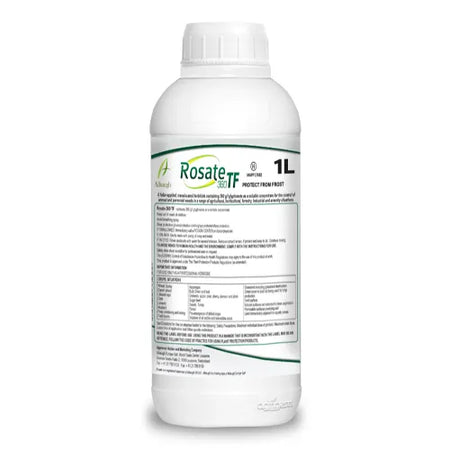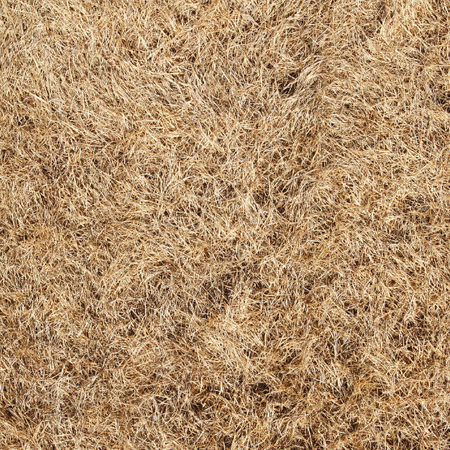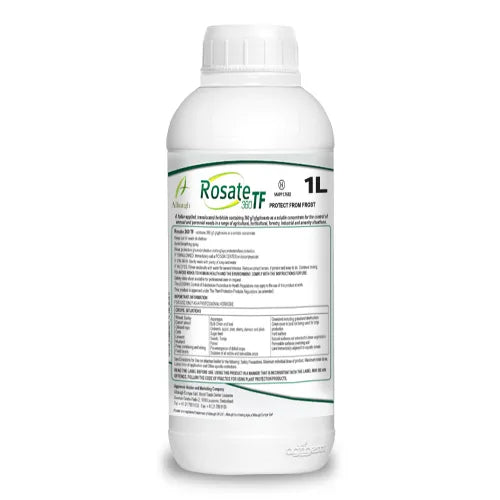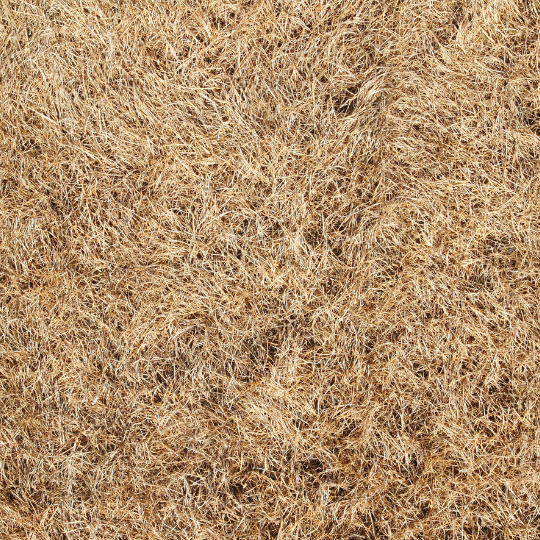Rosate 1L Professional Strength Clean Labelled Glyphosate
Couldn't load pickup availability
SAFE USE OF PESTICIDES By law, everyone who uses pesticides professionally must have received adequate training in using pesticides safely and be skilled in the job they are carrying out." Upon purchasing this product you and/or the end users are responsible for ensuring that these products are used in line with industry Approved Codes of Practice. All operators must be trained and certificated in using and applying any Ministry Approved Professional Product (MAPP). Use plant protection products safely. Always read the label and product information before use. Please be aware that by proceeding you are purchasing a professional pesticide product. You must ensure the end user of these products complies with the DEFRA/HSE Code for the Safe use of Pesticides. There are legal responsibilities covering the storage and use of professional use pesticides. These responsibilities are covered by The Food and Environment Protection Act 1985 (FEPA) and Control of Pesticide Regulations 1986 (COPR).
Apply in a minimum of 50L water.
Available in a 20L drum, sufficient to treat 4 hectares.
Coverage Rate: 1L Rosate treats 2000 sqm.
Dilution Rate: 1-3L Rosate to 50L water.
Rosate 360 TF A foliar-applied, translocated herbicide containing 360 g/l glyphosate as a soluble concentrate for the control of annual and perennial weeds in a range of agricultural, horticultural, forestry, industrial and amenity situations.
- It can be used in many crops, for the destruction of grassland, in orchards, forestry and non-crop areas.
- quality glyphosate formulation which will control all general weeds and grasses by preventing the production of proteins needed for growth.
- Some larger or tougher weeds may need the application rate increasing to 6L/ha or 500ml per 10L of water.
Rosate 360 TF is a foliar acting herbicide that controls annual and perennial grasses and most broad-leaved weeds. It is translocated from treated vegetative growth to underground roots, rhizomes or stolons.
Leaf symptoms, being a reddening then yellowing of the foliage, are first seen on grass weeds but take longer to appear on broad-leaved weeds.
It is particularly important that the weeds have sufficient leaf growth and are actively growing when treated.
